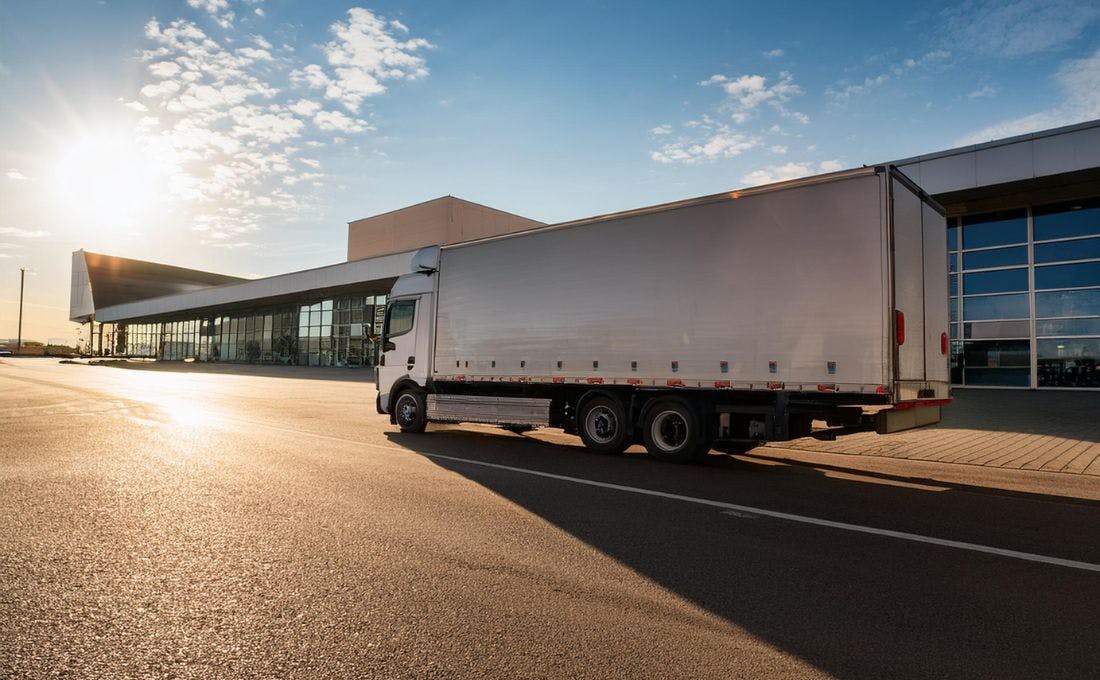How can 3PLs reduce store delivery costs while meeting tight schedules?
Retailers expect narrow delivery windows and accurate ETAs. But rigid plans, traffic delays, and route inefficiencies drive up fuel, labor, and overtime costs. That’s where APS helps.
An advanced planning system uses historical data, forecasted demand, and real-time conditions to create optimized delivery schedules. It determines the best stop sequences, vehicle usage, and even depot load times—while factoring in traffic, service times, and constraints like refrigeration or cargo zones.
For grocery and retail deliveries, this means:
- Lower fuel costs via route optimization
- Fewer missed windows and penalties
- Reduced driver overtime
- Smarter resource use, especially during demand peaks
Retailers benefit through better on-time performance, improved inventory flow, and fewer disruptions to store operations.
Yes. Advanced planning systems help logistics providers match the right resources to the right jobs at the right times.
How does APS help retailers manage seasonal peaks?
Holiday surges, weekly promotions, and weather changes all impact delivery volume. Traditional tools struggle to adjust quickly. APS enables dynamic planning based on forecasted volume, so 3PLs can:
- Pre-position capacity for known spikes
- Add flexible fleet shifts or route segments
- Reduce manual rescheduling when conditions change
This kind of planning agility improves service level agreements (SLAs) and helps retailers maintain full shelves without excess labor or vehicle use.
Can APS improve driver and asset utilization?
Yes. Advanced planning systems help logistics providers match the right resources to the right jobs at the right times. Using AI and optimization models, they can:
- Assign vehicles based on route demand and constraints
- Schedule drivers based on labor rules, shift limits, and skills
- Minimize empty miles between stops
Retailers see better continuity of service with fewer route failures, and 3PLs maximize fleet use without over-hiring or over-working teams.
What’s the impact on multi-drop and store delivery complexity?
Multi-stop planning—like grocery or retail store replenishment—is notoriously difficult. APS breaks the complexity into solvable layers:
- Optimizing time windows and unloading sequences
- Factoring in special conditions (dock availability, curbside limits, peak hours)
- Routing based on store type, size, or delivery frequency
With these capabilities, logistics providers can support high-frequency deliveries to supermarkets, manage urban delivery challenges, and even run greener, low-emission zones with dynamic route planning.
Retail case: Smarter store delivery for grocery chains
A major European grocery chain partnered with a 3PL using APS to manage daily deliveries to 250+ stores. By integrating delivery routing software, the provider reduced total delivery miles by 17%, while improving on-time rates to over 98%.
Through dynamic scheduling and better resource balancing, they saved significant labor costs during peak weeks—without adding trucks.
Retail case: National 3PL improves performance visibility
A North American 3PL serving multiple retail clients introduced delivery planning software across its network. Using real-time planning and re-optimization features, it shortened driver dispatch times and reduced failed deliveries by 22%. The system also helped reduce last-minute reschedules by nearly half.
For retail clients, this translated into smoother store ops, fewer stockouts, and stronger supply chain coordination.
What should retailers look for in a 3PL’s planning capability?
When evaluating logistics partners, retailers should look beyond TMS capabilities. Ask about: - Use of advanced planning systems for route and capacity optimization - Ability to respond to volume changes in real time - Experience with multi-stop, multi-day planning - Visibility into performance metrics and planning assumptions
APS adoption signals that a 3PL is ready to partner strategically, not just fulfill shipments.
Ready to improve store delivery with advanced planning?
Whether you’re a 3PL or a retailer evaluating partners, advanced planning systems are a proven way to improve cost efficiency, delivery reliability, and service levels.
Talk to our team to see how optimization and planning can help your store delivery network perform smarter.

